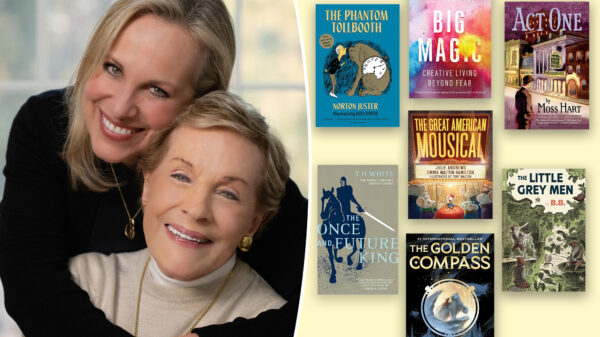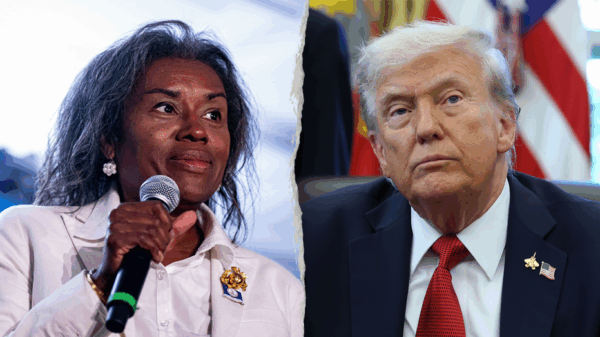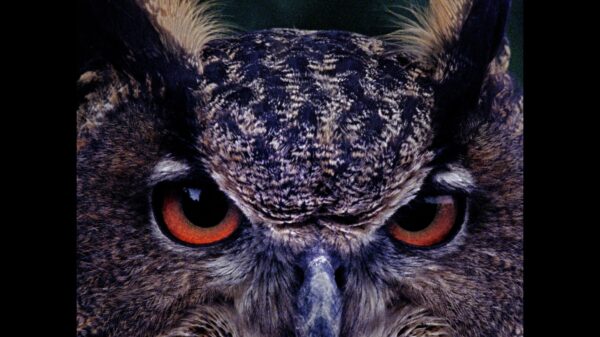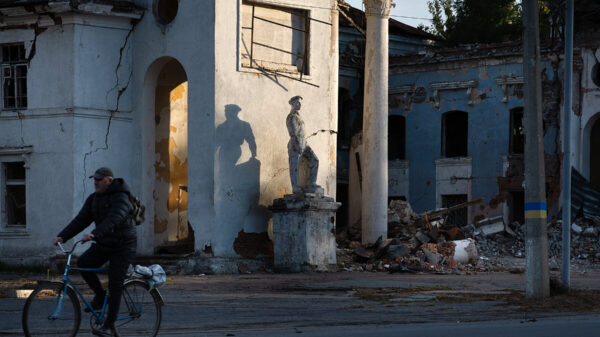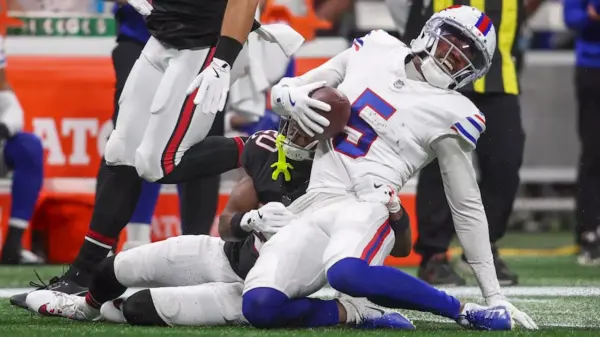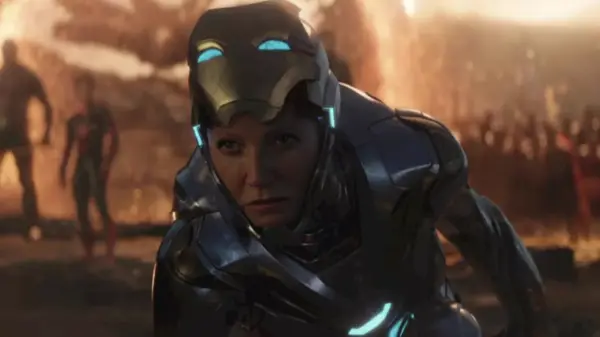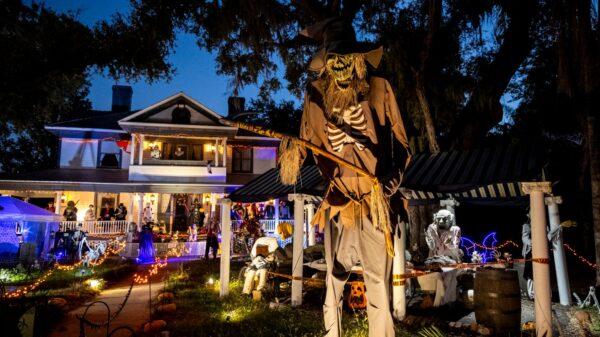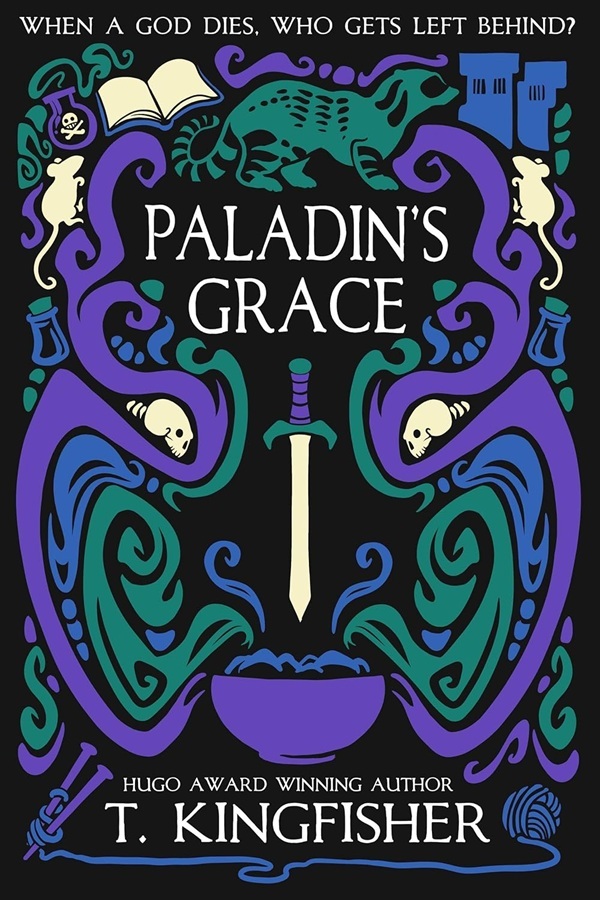The conclusion of the latest installment in the *Saints of Steel* series by T. Kingfisher has left fans excited for what lies ahead. Set in the captivating universe of the White Rat, readers can anticipate a series of novels focused on the seven paladins, with a promise of at least three more books to explore the intricacies of their world and resolve lingering mysteries, including the murder of the Saint of Steel.
This narrative, described as “Romantasy,” intertwines elements of light-hearted entertainment with profound critiques of human nature and society. It presents a landscape where hope prevails, despite the challenges faced by its characters. A particularly poignant moment occurs in a conversation between Lady Silver and Shane, where they grapple with the implications of the Saint’s mysterious death. Lady Silver asserts that the Saint’s demise was not a natural event, as it deeply affected his followers, leaving behind trauma rather than the expected shockwaves of a god’s passing.
As Lady Silver reflects on the nature of divine death, she emphasizes, “Your god did not simply die, paladin, or none of you would be as you are.” This statement highlights the unique relationship between the divine and the mortal, suggesting that the death of the Saint was an event that transcended mere mortality and introduced chaos into the supernatural realm.
The characters Shane and Wren further explore the ramifications of the Saint’s death, questioning whether humans are meant to seek vengeance for fallen gods. Their dialogue encapsulates a critical theme of the series: the interplay between divine influence and human agency. Wren’s hesitance challenges Shane’s instinct for revenge, revealing the complexities of their world where the lines between gods and men blur.
The upcoming novels are likely to delve into “Library Road Trips,” as Shane and Wren are tasked with seeking answers to the mysteries surrounding their fallen god. These journeys promise to be fraught with danger, as forces aim to thwart their quest. The timing of the Saint’s murder, occurring on the summer solstice, is expected to play a significant role in the unfolding narrative.
Kingfisher’s background in anthropology informs the depth of the series, as she draws upon the ruins of ancient cultures and the remnants of magic that linger in the Vagrant Hills. These elements weave a rich tapestry of history and mythology, setting the stage for the exploration of powerful themes. The existence of demons and their attempts to escape from hell adds another layer of intrigue, raising questions about the nature of evil and redemption.
Wisdom, a demon with the potential for godhood, presents a compelling juxtaposition against traditional perceptions of evil. This character’s evolution challenges the assumption that all demons are malevolent, suggesting a nuanced perspective on morality within the series.
As *Saints of Steel* continues to unfold, readers can expect a thoughtful examination of themes such as loyalty, sacrifice, and the moral obligations of the paladins to their fallen god. Shane’s assertion that “we owe them” serves as a reminder of the bonds formed in adversity, emphasizing the importance of community and support in the aftermath of loss.
With the promise of new adventures and deeper explorations of its characters and themes, *Saints of Steel* remains a significant entry in contemporary fantasy literature. Fans are encouraged to stay engaged as discussions about the series continue and new revelations are uncovered in future installments.

